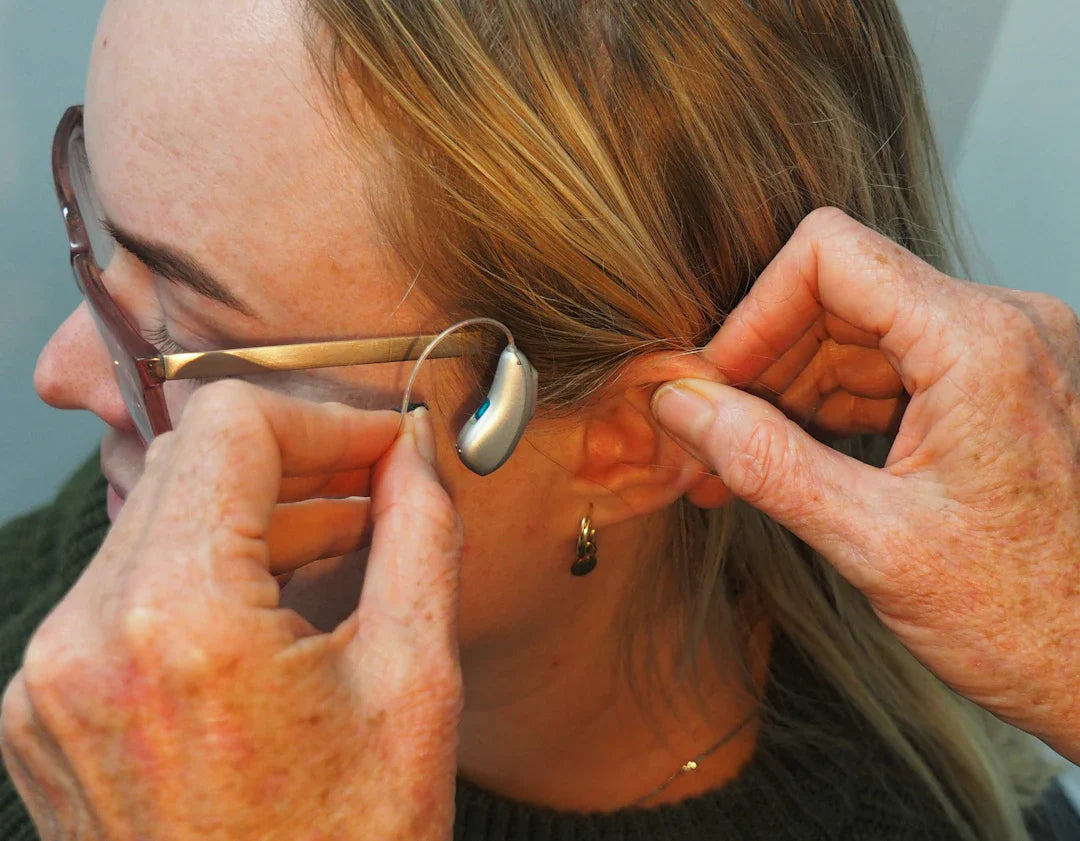Living with hearing loss can be challenging, but with the help of modern technology like Phonak, Widex, Signia, and GN Resound hearing aids, individuals can experience significant improvements in their quality of life. Once you've taken the important step of getting fitted for a hearing aid, the next phase is adjusting to wearing it daily. Here are some helpful tips to make this transition smoother.
1. Start Slowly
It's normal to feel overwhelmed when you first start wearing a hearing aid. Begin by wearing it for short periods in quieter environments to allow your brain to acclimatise to the new sounds.
2. Keep It Clean
Proper maintenance is crucial for the longevity and effectiveness of your hearing aid. Regularly clean your device to prevent issues such as earwax build-up, which can affect the sound quality.
3. Adjust the Settings
Modern hearing aids like Phonak, Widex, Signia, and GN Resound come with various settings for different environments. Experiment with these settings to find what works best for you in different situations.
4. Stay Patient
Adjusting to wearing a hearing aid is a process that takes time. Be patient with yourself and give your brain the opportunity to adapt to the new sounds gradually.
5. Seek Professional Help
If you're experiencing discomfort or issues with your hearing aid, don't hesitate to seek help from your audiologist. They can make necessary adjustments to ensure your device fits comfortably.
6. Practice Listening
Engage in activities that require active listening, such as having conversations with friends and family or listening to podcasts. This can help train your brain to process sounds more effectively.
7. Wear It Consistently
For your brain to adapt to the hearing aid, it's essential to wear it consistently. Make it a part of your daily routine to get the most benefit from your device.
8. Manage Expectations
While hearing aids can significantly improve your hearing, they may not restore it completely. Manage your expectations and understand that they are aids to enhance your hearing abilities.
9. Stay Positive
Adjusting to wearing a hearing aid can be a journey with ups and downs. Stay positive and focus on the improvements you're experiencing rather than the challenges.
10. Join Support Groups
Connecting with others who wear hearing aids can provide valuable support and tips for adjusting to life with a hearing aid. Consider joining support groups or online forums to share your experiences.
11. Stay Informed
Stay updated on the latest developments in hearing aid technology. Knowledge about new features and advancements in Phonak, Widex, Signia, and GN Resound hearing aids can help you make informed decisions about your device.
12. Celebrate Your Progress
As you adjust to wearing a hearing aid, take note of the progress you've made along the way. Celebrate small victories and milestones in your journey towards better hearing.
Adjusting to Better Hearing
Adjusting to wearing a hearing aid may take time, but with patience, perseverance, and the right support, you can experience the benefits of improved hearing with Phonak, Widex, Signia, or GN Resound hearing aids. Remember, each person's journey is unique, so find what works best for you and embrace the positive changes that come with better hearing.




